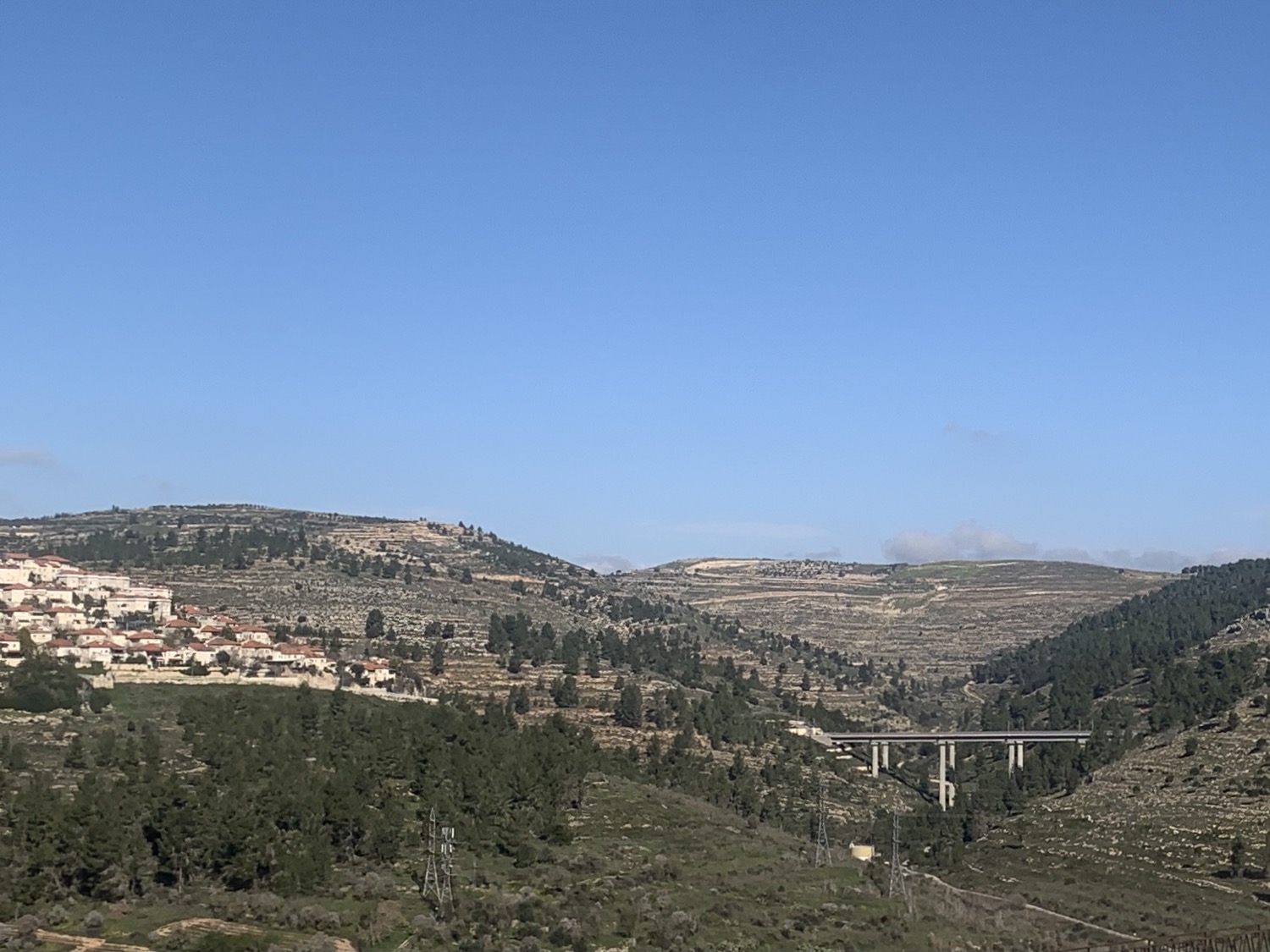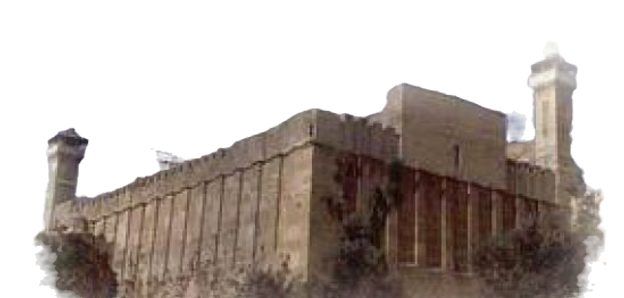The black 'rabbi'
- צבי הורביץ

- May 30, 2023
- 4 min read
Sheikh Abdul-Rahman Issa Amar was known in the history of the settlement in Hebron as "the black rabbi", because he used to receive from the Chabad kollel "security fees" for the Jews.
He used to walk in the Hebron market with a wand in his hand, and when he saw an object or piece of clothing he liked in a store, he said to the shopkeeper: "It's beautiful"... the hint was understandable... and the object was sent to his house even before he arrived. And if he met a man in the market wearing a new suit, he would say to him, "You don't deserve it, just put it on and give it to me."
The same tyrant entered the synagogue on Rosh Hashanah, before the blowing of the shofar, with his little son. The worshipers were afraid to blow the shofar, lest the "Shaktz" would like the shofar as a "toy" - and there was no other shofar in the city. They all went down to the basement of the synagogue and did the explosions there.
Once he came to Rabbi Levi Yitzchak Salonim's house and found on the table the distribution fees and the kollel notebooks. He investigated and demanded the quality of these notebooks and said to Rabbi Levi Yitzchak: "You know that God has my hand to take everything, but I am an honest man and I will not deprive the poor of their livelihood. However, I find a right for myself. I defended you in return. To be listed as one of the most important rabbis."
Since then he was crowned and called his name in Israel and in the registers including Chabad: "The Black Rabbi" and was accepted as all Jews: for etrogs (main support), lulavs (additions to the rations) and hadassim (incidental supports - sick aid, marriage, maternity, etc.).
And why were these names? "Ethrogs, lolavs and myrtle"! - The Russian censorship threatens that the Jews will not be suspected of sending money to the Turkish government as well as to guard against the numerous informers... The delivery of the distribution took the form of a kind of trade-exchange of the "Hollev harness" between the Jews of Russia and Israel. That is why it was written on the yeshiva's sign "Torah Emet" in Hebron: "a trading house for olive oil and tzitzit". And when the distribution was received from abroad, once a year, they would ask each other, "Has the ship come yet?" That is, the "distribution".
On his return from his trip abroad, Rabbi Levi Yitzchak brought with him two objects, which at that time were the most precious things in Israel: a cursed copper necklace, glittering like gold, and a small pocket watch. Among those who came to greet him on his return was the "Black Rabbi", whose "eyes Wandering everywhere." His eyes caught the glittering lamp on the coffin, and he asked with a jump and admiration: "Is it made of gold, and of great price?" And this was understandable...
Rabbi Levi Yitzchak preceded and answered: "Isn't the micham intended for you"... He looked further and saw a clock on the table in front of him. He reached out to grab it. Rabbi Levy Yitzchak spared the watch, which was rare in Israel, and did not allow his heart to omit it from him, and said in a warning voice: "Sheikh Eisa, do not touch this, here are the works of demons! Here you will hear strange knockings." The Sheikh panicked and ran outside and ordered the "monster" out of the house. And Madi Bowe would ask: "Is the 'monster' at home?"
The "Black Rabbi" had eight brothers and always fought him. Many times the residents of Hebron have seen, in the morning of Nablus, and here the mountains are covered with soldiers and warriors. True, he always overcame them, but we were tired of most wars. And when Ibrahim went to Jerusalem, they invited him to conquer Hebron.
After Ibrahim conquered Hebron, permission was given to the army to ravage and plunder the city for three days and three nights. The Jews buried their property in the potholes of the ghetto and fled to the yard of the "Black Rabbi". Only R. Yisrael Yaffe, "the printer from Kofusht", could not escape because he was guarding his daughter who was prone to death.
The bandits penetrated the ghetto and threatened Rabbi Israel with death if he did not reveal to them the Jewish hoards. Rabbi Israel entered one of the teachers and handed them everything. Arriving at the bottom of the mound, Rabbi Israel was greeted by a light from a narrow hatch overlooking the field. He dodged through the window and ran to tell the deed of robbery to the "Black Rabbi", who returned at the same time touched and frowning from the battlefield.
Rabbi Yosef Yehuda Bachur Shemerling, who served as an Austrian consul in Hebron and was a neighbor and friend of the "Black Rabbi", approached him and said to him: "They have robbed our property" - he rebuffed him with words of rage "Turn aside!" The words were repeated the second and third time, until the "black rabbi" threatened him with a sword thrust into his heart, but Rabbi Yosef added and said: "Our Lord protects us, my soul is in your hands, save us!"
We then relented and went to the head of the headquarters, and he sent an order to stop the robbery. He set guards at the ghetto gates and the Jews returned to their place. And all the property of the Jews - from a thread to a shoelace - was returned to them. That 19th day in Iyer was, and was declared to be "Purim", and no supplication is said on it.
(Book of Hebron - narrated by Menachem Shmuel Salonim)
Sheikh Abd al-Rahman Issa Amr from the village of Dora near Hebron took over Hebron (in 1849). The Sheikh led a murderous gang whose men raped, extorted, looted and robbed the Jews of Hebron and passers-by on a daily basis for years. Until he was sent to hard labor in exile.





